TRACING THE PATH PODCAST

300 Years To Email Enron
In this episode we trace the evolution of communication technologies, highlighting three pivotal inventions: the telegraph, the typewriter, and email. It begins with Samuel Morse’s telegraph and Morse code, revolutionizing long-distance communication from days to seconds.
The discussion then moves to the typewriter, particularly Christopher Scholes’ and Remington’s contributions to the QWERTY keyboard. Finally, the text explains the development of email, from Baudot’s binary code and Murray’s modified version to Ray Tomlinson’s invention of email on ARPANET, which utilized the “@” symbol.
The episode concludes by discussing how the Enron Corpus, a collection of emails from the company’s collapse, became a critical dataset for advancing computer analysis, fulfilling Alan Turing’s predictions about machine learning and its application in tracking nefarious communication patterns.

Audio Hour:
If you run an activity group, classroom or “audio book club”, click here for more information on using Tracing The Path.
Throughout the episodes, every tune is somehow related to the topic. In the Twinkies episode, for instance, the discussion of the Brooklyn Tip-Tops Baseball team concludes with “Take Me Out To the Ballgame”.
How many do you recognize? And harder, how many can you name?
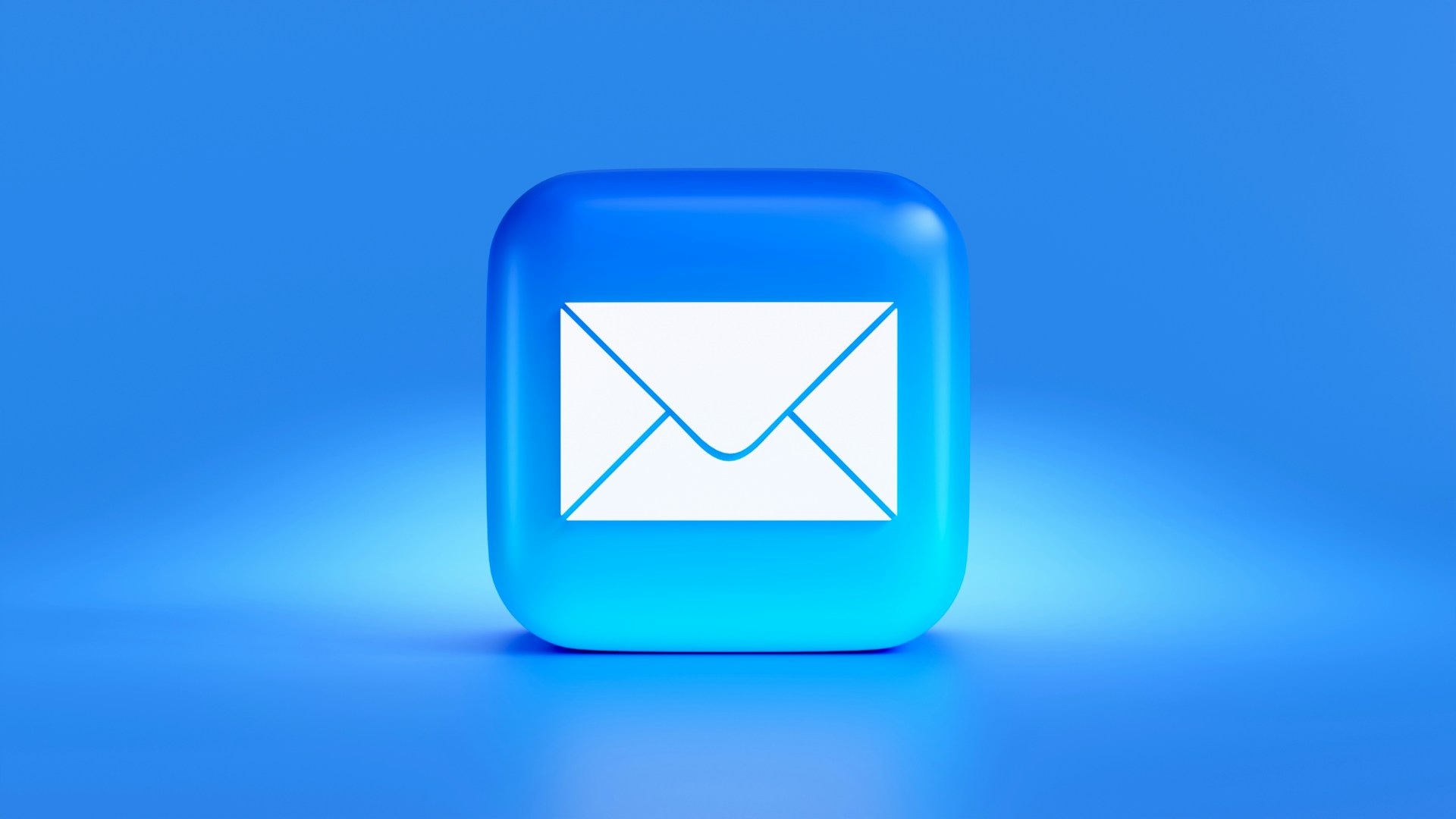
From the Telegraph to Email
The word code has many meanings like zip code, area code, dress code, building code, cost codes, color code, tax code, ADA code, SIC code, bar code, QR code, coupon code, genetic code, criminal code, the bro code, and of course the code of ethics.
But there remain three types of code that completely changed the 20th century. Morse code, binary code, and a secret coded message.
When you enter your phone’s lock-screen code, you can send a message anywhere in the world in mere seconds. But for that to happen, it took more than 300 years.
In fact, the idea of sending electrical signals over wires originated in the early 1700s and by 1798, a rough system existed in France.
New York University professor Samuel Morse began working on his version of a telegraph machine in 1832. By 1838 he had a concept, a telegraph, and a code, but he needed funding. And while others had their own telegraph machine, Samuel Morse was the first to take the idea to Congress and get political backing.
With the financial support of Congress, he built a telegraph system between Washington DC and Baltimore. And on May 27, 1844, his first message was sent.
“What hath, God wrought?”
started the journey that now rests in your hand, immediate messaging.
What’s important to note here is prior to the telegraph, communication hadn’t changed since Gutenberg’s printing press in 1440. It took days, weeks and months for messages to be sent from one location to another.
After President Buchanan exchanged messages with Queen Victoria in 1858, a writer for the Times of London wrote,
“Tomorrow the hearts of the civilized world beat in a single pulse, and from that time forth and forever more, the continental divisions of the earth will in a measure, lose those conditions of time and distance which now mark their relations.”
And then Samuel Morse himself wrote.
“This mode of instantaneous communication must inevitably become an instrument of immense power to be wielded for good or for evil, as it shall be properly or improperly directed.”
On its path to change the world, the telegraph wouldn’t do it by itself. There was another invention, coming along around the same time, but whose origins go back to 1532, the typewriter.
It had started when Francesco Rampezero had invented a machine to press letters into paper. More than 100 years later in 1714, British inventor Henry Mill invented a machine that pressed letters onto paper one at a time.
Interestingly, in 1801 and 1802, two unrelated and different people invented typewriters for the same reason to help their blind friends write. In 1866, a man near Muscle Shoals, Alabama, invented a more modern version of the typewriter.
John Pratt called his a Pterotype machine and it was interesting enough to get a write-up in Scientific American. Scientific American referred to it as a literary piano with black and white keys being laid out on two rows.
THE TYPEWRITER’S @ SIGN
The Scientific American article was being read in Milwaukee by newspaper publisher Christopher Sholes. It interested him because he had been building a machine to number pages. He had been pondering redesigning his machine to print letters as well.
Christopher Sholes found the article about the Pterotype machine enlightening, but also much more complicated than it needed to be. By 1868, Sholes had a working prototype, which he used to type out a contract for the city of Milwaukee.
Thinking a stenographer would be most likely to use it first, he employed the help of James Celfane, who had served in Lincoln’s cabinet to test the machine.
Celfane went through 50 different prototypes before he was happy. Sholes then sent the prototype to E. Remington and Sons, the future gun manufacturer, to help improve the mechanical engineering of it. They liked it so much they actually invested in the invention themselves.
The Sholes keyboard was quite similar to the one we have today, with letters, numbers, punctuation, and even symbols like the @ sign.
One thing Remington did improve was the keys jamming. If keys were too close together when pressed, they sometimes got jammed. So Remington re-arranged the keys in a way so that the most used weren’t together. The result of that was the QWERTY format keyboard we have today.
Together, Sholes and his partners in Remington are considered the inventors of the modern typewriter, which brings us back to 1845.
Edgar Allan Poe published the Raven
Congress annexed Texas.
Stephen Perry patented the rubber band.
Frederick Douglas published his autobiography and Johnny Appleseed died.
But most importantly, Emil Baudot was born.
Emil was the son of a farmer who barely finished elementary school before quitting school to work on the farm full time.
And then at 24 years old, he left the farm to work for the French Post and Telegraph as an apprentice. There he was trained in Morse code, which led him to witness some of the problems it had and inspired him to create his own code.
The French Post and Telegraph encouraged Baudot to develop a new system, as he had suggested there was possibly a way to send multiple messages on the same line at the same time. Baudot thought it would be possible since the line was only being used while transmitting a character, filling the void time with other messages seemed practical.
In 1870 Baudot did just that. He invented a new code, unlike Morse code which turned letters and numbers into dots and dashes. Baudot code turned letters and numbers and punctuation into a five-bit code made up of zeros and ones.
This young man who hadn’t been educated beyond elementary school, with his code, had established the first brick of our digital universe, the Baudot Code.
In 1874 Baudot had also created the hardware needed to send, receive, and print the messages on ticker tape. In 1875, the French telegraph administration accepted his system, the first line being between Paris and Bordeaux, and line being between Paris and Bordeaux and then one between Paris and Rome.
While the machine wasn’t quite like the rumored typewriter, it did print words up to 30 per minute on paper. And instead of keyboard keys, it looked more like a 5 key piano, which brings us to the third hero of our story.

WESTERN UNION AND EMAIL
Donald Murray was born in 1865 in Invercargill, New Zealand, where, like Baudot, he grew up a farmer. Unlike Baudot, however, Murray’s education took him way past elementary school, on through to a bachelor’s degree.
And after college, he moved to Sydney, Australia to work at the Sydney Morning Herald. It was there he became accustomed to the telegraph, and would see where they needed improvements.
While the newspaper itself had gone all in on QWERTY typewriters and were training people to be typists. They still had the old Morse code telegraph, and needed to keep Morse code experts on hand to translate telegraph messages.
Murray thought it would be smarter to invent a telegraph machine that used a modern QWERTY keyboard to send and receive messages. However, Baudot’s code was only five bits, which meant there weren’t enough combinations to create all the letters, numbers, punctuation, and symbols on the new QWERTY keyboard.
Murray would need to invent a new code that was either seven or eight bits, so he took Baudot’s code and modified it a bit. When the system was designed, he needed an investor to help fund the idea, but he couldn’t find one in Sydney.
So he left there and traveled to New York City, where he applied for a patent on his new Murray Code and found an investor in the Postal Telegraph Company. With the Postal Telegraph Company’s implicit endorsement, his idea almost single-handedly put the other keyboard styles out of business.
One of the biggest companies in the world, Western Union, adopted Murray’s code and machines.
Back in 1884, Western Union was one of the original 11 companies that formed the Dow Jones Industrial Average. For their telegraph business, Western Union had a million miles of cable and two under sea. Western Union, themselves, made some tweaks to Murray’s code, including a code for the spacebar and one for the bell key.
With this modification in 1924, the International Telecommunications Sector made the Murray Code the new international standard.
By the start of World War II, everyone was using it, including the Germans. By June of 1941, the governments of Poland and Britain had seen a dramatic shift in the messages they were monitoring, from the old Morse code to the new Murray code.
The Germans were sending secret codes using Murray code. They could see that the coded messages were being sent to soldiers, generals, U-boats, and other military spots. But to read the coded messages, they first needed to crack Germany’s cipher. They also discovered the secret code changed every 24 hours.
It was an unlike any code that ever broken before.
They would need a genius. Few people bear the title of genius. Mozart, Galileo, Aristotle, Einstein. But few know about the person voted by the BBC as the greatest person of the 20th century. His name was Alan Turing.

THE GENIUS OF ALAN TURING
Alan was born in 1912 and grew up in both London and India. From the earliest years of school, his teachers noted his intellect. One writing, “We have clever boys and hard-working boys, but Allen is genius.”
By the time he was fifteen, he was solving math problems normally left to those who had been taught calculus, and also deep-dived into Einstein’s work. He not only understood Einstein’s work, but also, deciphered Einstein’s thoughts on Newton’s laws of motion, just by seeing Einstein’s work alone.
In 1931, Turing attended King’s College in Cambridge, where he was awarded first-class honors in mathematics. But it was in 1936 that Alan Turing changed the world.
In a London mathematical journal, he wrote a paper called “On Computable Numbers with an Application to the Ench Shai Dunks Problem.” In it, he proved mathematically that a machine could be built that could solve any mathematical problem.
In one paper, Alan Turing invented the computer and is now known as the father of modern computing.
While the British government had already compiled the smartest people in the world on their code-cracking team, military experts, chess masters, mathematicians, historians, and puzzle-makers, chief among them would be Alan Turing.
Alan was brought on in 1938. There at Bletchley Park, Allen and the crew built the kind of computer Alan envisioned. On July 9th, 1941, the German code was broken.
And more importantly, the age of computers began.
Alan touring would be one of the first to postulate artificial intelligence, prognosticating that computers would one day be able to think, find patterns, and solve problems, that they weren’t programmed to solve.
His prediction actually rides on the tail of the literary genius’s other prediction by H.G. Wells. Back in 1923, a year before Murray’s code was made, the international standard, HG Wells’s “Men Like Gods” was published.
Having seen the advancement of Boaudot and Murray’s codes had made on communication, he made the prediction in the book that large amounts of information would be transferred from one person to another over electronic lines. H.G. Wells had predicted email without knowing about the binary system that Baudot and Murray had created.
After the war, creating a secure information system was paramount in the United States. So in 1950, the US Air Force hired Western Union to create such a system. In 1951, a plan was unveiled, Plan 51, a 200,000 mile private wire network. But it wasn’t long before the Air Force needed something even more robust.
In 1958, with computers becoming more important, the Air Force requested a new service. One that required Western Union to join forces with RCA and IBM. Together, they built a network of five switching stations, 1350 terminals, that connected 300 air force bases and authorized agencies into a single communication network called AutoDin.
From a security standpoint, AutoDin was hard to break into, because to be part of the network, you had to be using a special AutoDin computer designed to be part of the network.
But that was also its downfall. Without a specific AutoDin computer, connecting to the network wasn’t even an option.
And with computers spreading throughout the academic and government circles, the Murray Code was no longer robust enough to handle the information flow. To start, Murray’s and Baudot’s Code couldn’t even handle the letters of foreign languages.
So in 1960, IBM suggested an updated, broader code, with the Murray Code still intact as part of it. And three years later, this update became the new standard for the world. Its name was the American Standards Code for Information Exchange, otherwise known as ASCII.
That year, the Defense Department’s Advanced Research Project Agency (DARPA) produced a memo discussing the idea of building a galactic computer network where academic, corporate, and government agencies could connect and share information. And so they built this new network called ARPANET.
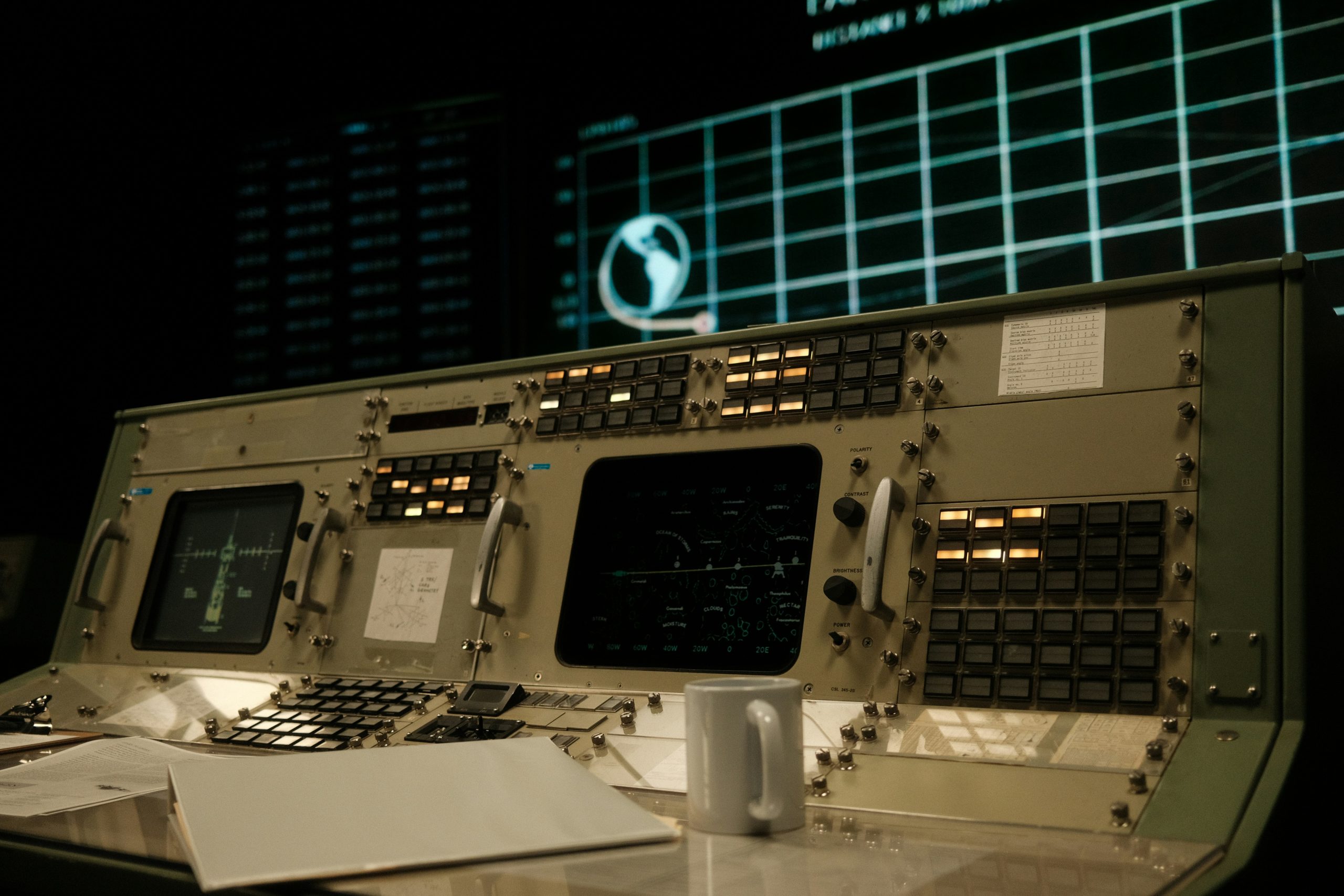
ARPANET
The first node of this intergalactic network happened between Stanford and UCLA in 1969. And it was built by one of the government’s contractors, BBN. Ray Tomlinson was one of the computer programmers at BBN. He was asked to improve the messaging function within ARPANET.
The messaging system in place was based on the nodes and hubs of the system. If you wanted to send a message up to 3,000 characters, you saved it on a node with the person’s name. Then when that person logged on to the system, they could open the file.
Sadly, that ARPANET system wasn’t much different than the Western Union Telegram system that most people would dealt with. To send a Telegram, you’d have to go to a Western Union node or office, and then the recipient would also have to go to a Westernian office near them to pick it up.
Also similar to Western Union’s telegraph, Ray Tomlinson started building his messaging protocol on the ASCII code. Yes, the same ASCII that was a modification of the Murray code, which was a modification of the Baudot code.
Tomlinson wanted a user to be able to send a message to a particular person on a particular computer. To do that, however, he needed to create a line of code that included the name of the person in the computer terminal they were on.
More importantly, he needed a character that didn’t already have a function in the computer. Back when Sholes built the QWERTY typewriter, he included symbols on the keyboard, along with letters, numbers, and punctuation. One of the symbols they added was an A-shaped symbol that had somewhat of a circle around it.
The symbol, in fact, to day, does not have a name.
And largely had no use. Even historical clues didn’t provide much evidence as to why it existed. It showed up on a stone tablet in 1345 in place of the A in Almond. And in a document in 1440, the symbol appeared in a shipping manifest. And then in 1532, it appeared to represent the word “amphore” which was a unit of wine.
For Ray Tomlinson, the symbol was perfect. He assigned himself the first messaging address, putting the symbol between his name and his computer system. His first address was:
Tomlinson@bbn.tenexa
And in so doing on that day in 1971, Ray Tomlinson fulfilled H.G. Wells’ prediction and invented email. Using a computer code invented in 1874.
Amazingly, email has become the most popular and important function of ARPANET. It is amazing, because it was never even contemplated when ARPANET was designed.
Shortly thereafter the Vietnam War would truly test the government’s messaging systems, and one of them failed miserably. The old AutoDIN protocol was still in use in certain parts of the government, which required AutoDIN machines to be used in combat areas.
When those machines failed, they left soldiers no choice, but to sometimes, phone-in orders on unsecured phone lines. Something the Germans would have never considered in World War II.
Vietnam would prove to the government that the networks needed to be secure, not the machines attached to them. AutoDIN would succumb to ARPANET, making email an increasingly important means of key communication, but not just for the government, but for the corporate and academic worlds as well.
One of the soldiers in the Vietnam War who used the AutoDIN protocol during the war was Kenneth Lay.
KEN’S ENRON
Ken was 26 when the Vietnam War started, and he wanted to do his part. He quit his job at Humboldt Oil in Texas, and for the next four years served in the US Navy.
Returning to corporate life after the war, Ken worked for an oil company in Florida before becoming chairman and CEO of Houston Natural Gas Company. In 1985, the gas company Internorth merged with Houston Natural Gas and Ken Lay changed the name of the new company to Enron.
Ken grew Enron until it was worth about $70 billion, employed 20,000 people, and had projects in 20 plus countries. Enron’s internal communication needs were massive, with email being a huge part of that equation.
In 2001, it was discovered that Enron had committed massive internal accounting fraud, with their accounting system creating millions in phantom income. This discovery led to the fall of Enron, and at the time it being the largest bankruptcy in US history.
The investigation of Enron involved obtaining all their electronic files, including their emails. During its 2002 investigation, the Federal Energy Regulation Commission obtained over 600,000 messages from 158 executives.
Once collected and analyzed, the Commission determined they were in the public domain and released all the emails to the general public. This batch of emails became known as the Enron Corpus.
The Enron Corpus takes us back to the genius of Alan Turing. In his work as mathematician, he proved that a computer could solve any mathematical problem. He also predicted that one day computers could learn and analyze in ways humans couldn’t predict.
With the Enron Corpus, his prediction became a reality.
Groups from all over the world downloaded the corpus, and then used all kinds of computer analysis to comb through the emails. It was and is the largest sample of plain, unmonitored human language text.
Some groups were able to learn the difference between male and female language. Other groups were able to detect sentiment in emails and could see the positive effect of a humorous joke on a group.
Do you remember when Samuel Moore suggested that instantaneous communication would become a powerful tool for good or for evil?
Well, another group was able to identify all the nodes of nefarious and illegal communication and grew the ability to predict when it would happen. It was clear from the computer analysis that communication about secret topics didn’t have the same footprint as other types of email.
Those emails remained in a very tight loop of people and could be seen as a pattern of activity over time. Not only that, but the Department of Defense, where email largely originated, built computer analysis machines based on this discovery, and now use it when analyzing the email communication of terrorist networks.
Instead of needing to break the code, as Alan Turing did with the Germans, the computers can now easily track the individuals who are part of secret communication networks and begin their work there.
Back in 1847, Baudot came up with a better way to send messages over wire than Morse Code offered. Sholes invented a typing machine that would revolutionize the speed of sending messages. And Ray Tomlinson created a protocol so a message from one person in Hoboken, New Jersey could be sent directly to another person in Invercargon, New Zealand in seconds.
And now we use their tools to make the world safer and more connected.
CUTTING ROOM FLOOR
To hear all the stories that hit the cutting room floor, you have to listen to the episode.
ABOUT THE SHOW
Let us tell you the story of the 20th Century, by tracing each event back to the original decisions that shaped it. You’ll quickly find out that everybody and everything is connected. If you thought you understood the 20th Century, you’re in for a treat.
Tracing the Path is inspired by storytellers like Paul Harvey, Charles Kuralt, and Andy Rooney.
INTERCONNECTED EPISODES
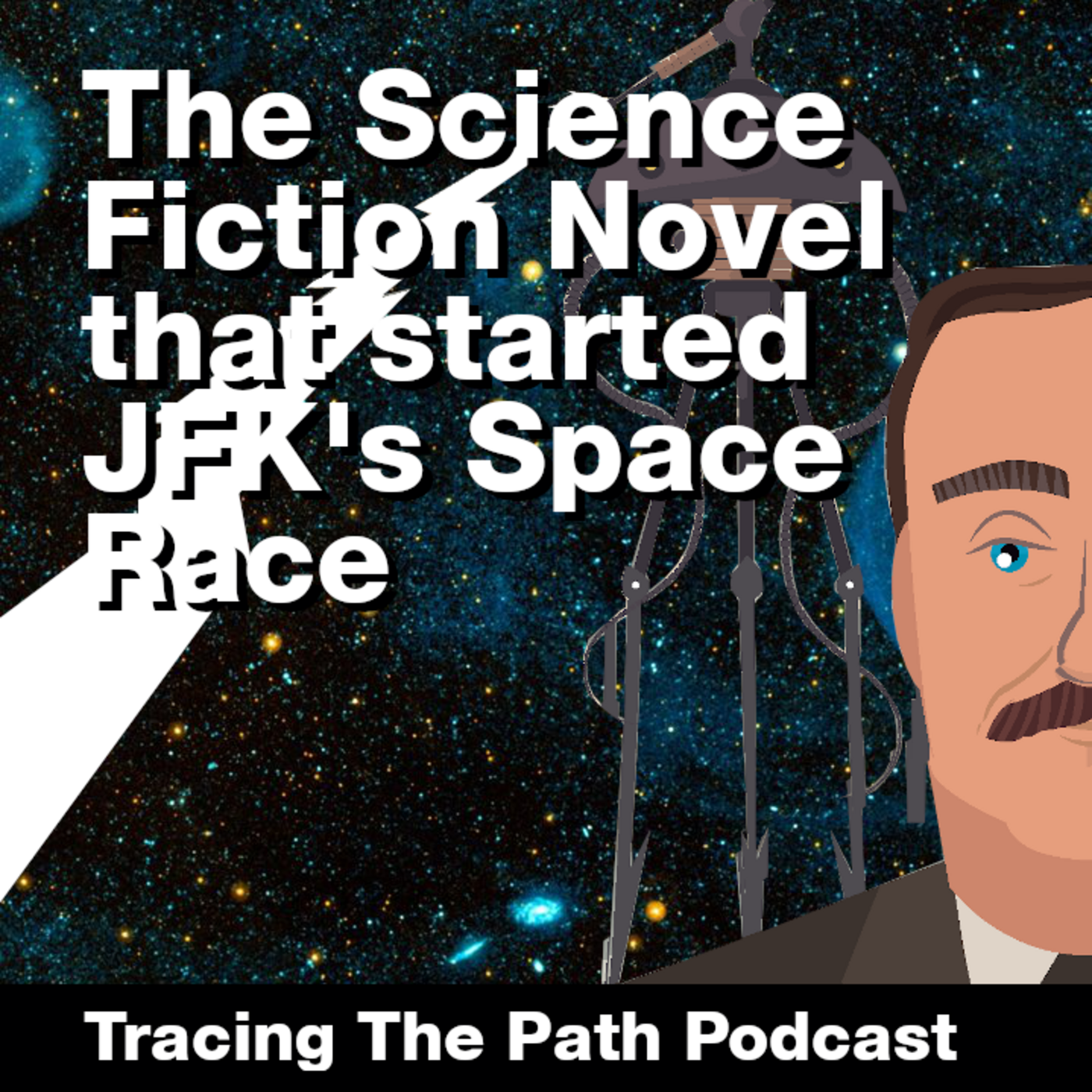 |
Who Started the Outer Space Race? Elon Musk isn’t the first person to have his eyes set on Mars. |
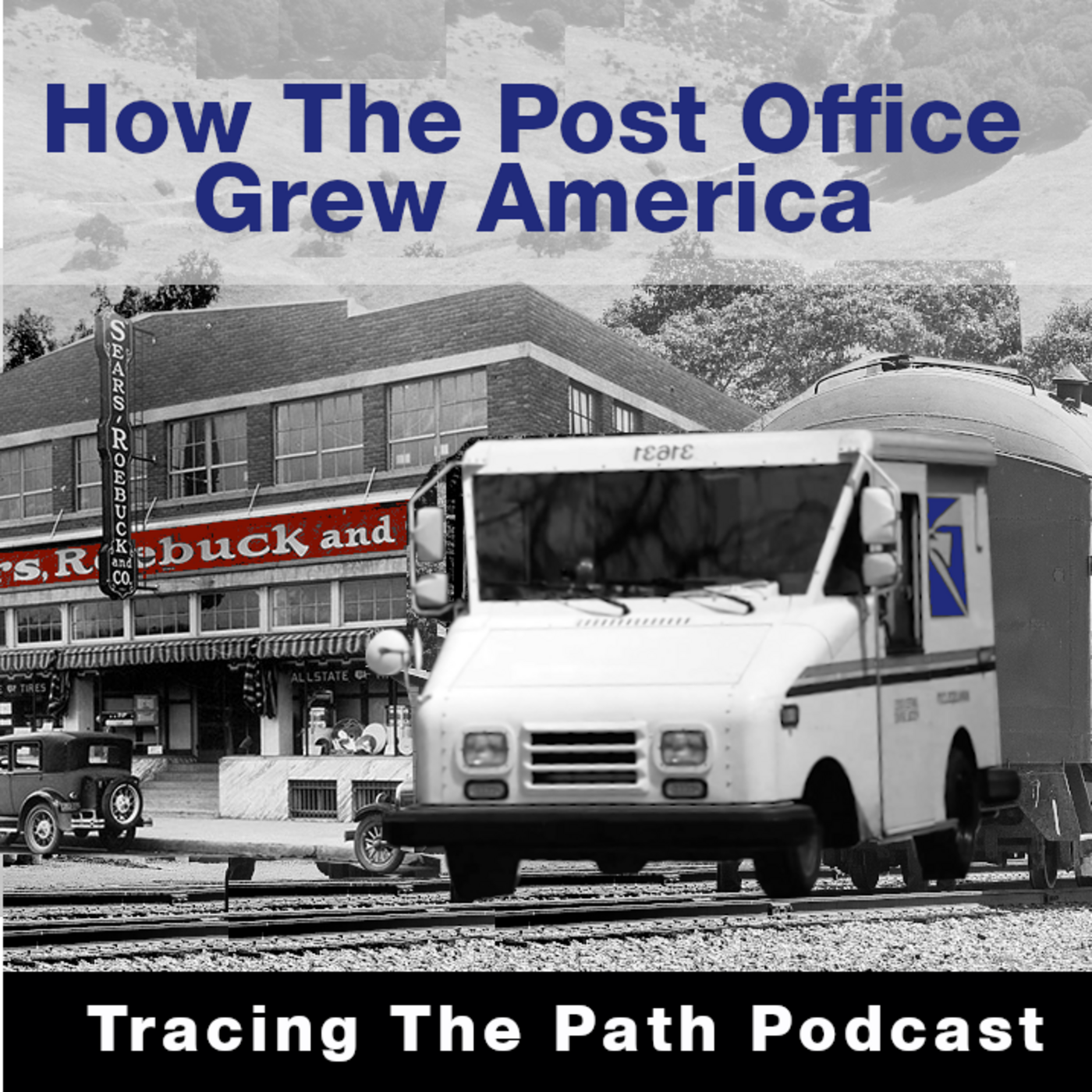 |
How the Post Office Grew America? You’ve never heard how important it was for the Post Office to Expand |
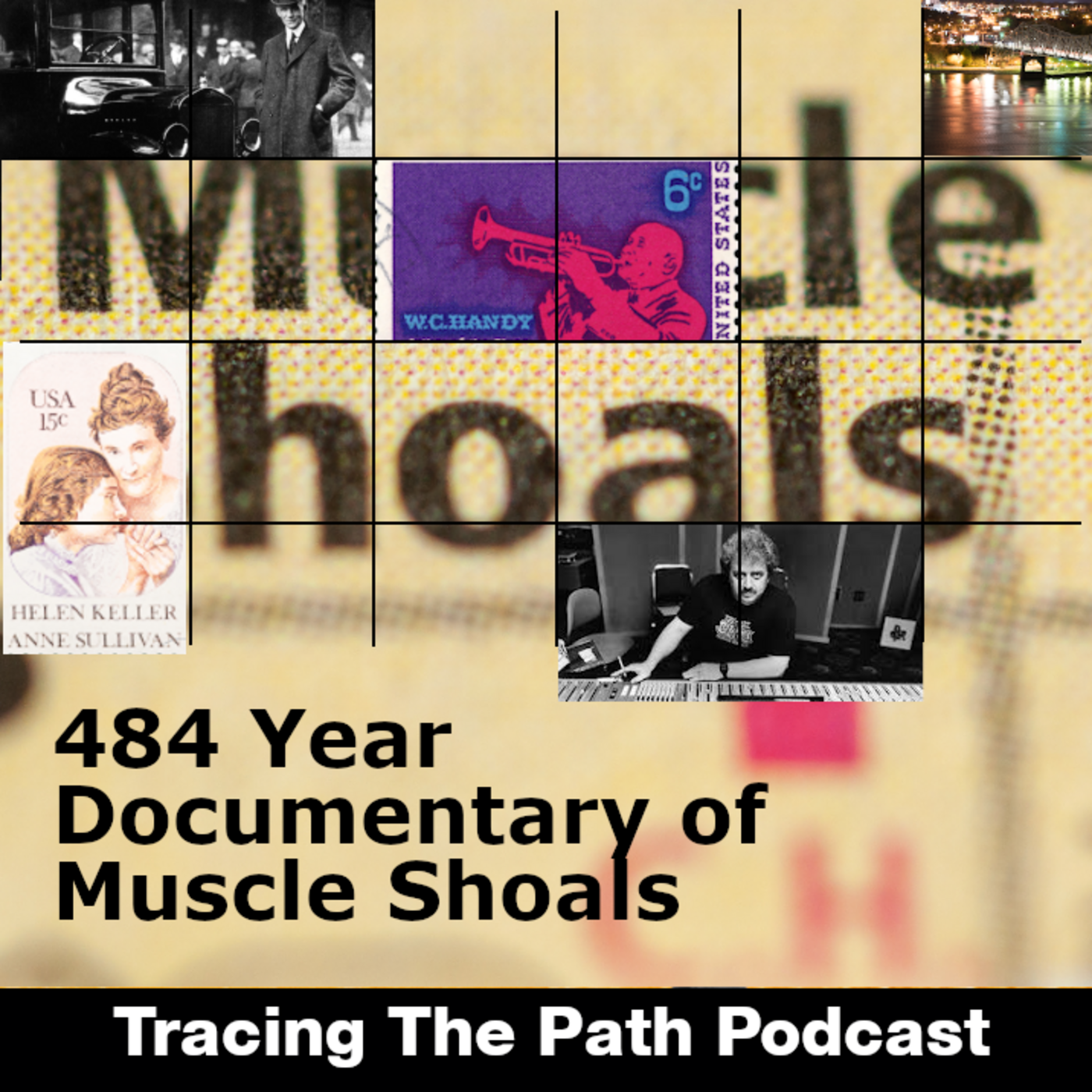 |
484 Year Documentary of Muscle Shoals It wasn’t just the music that made it famous? Can you hear Helen Keller? Or see Henry Ford? |
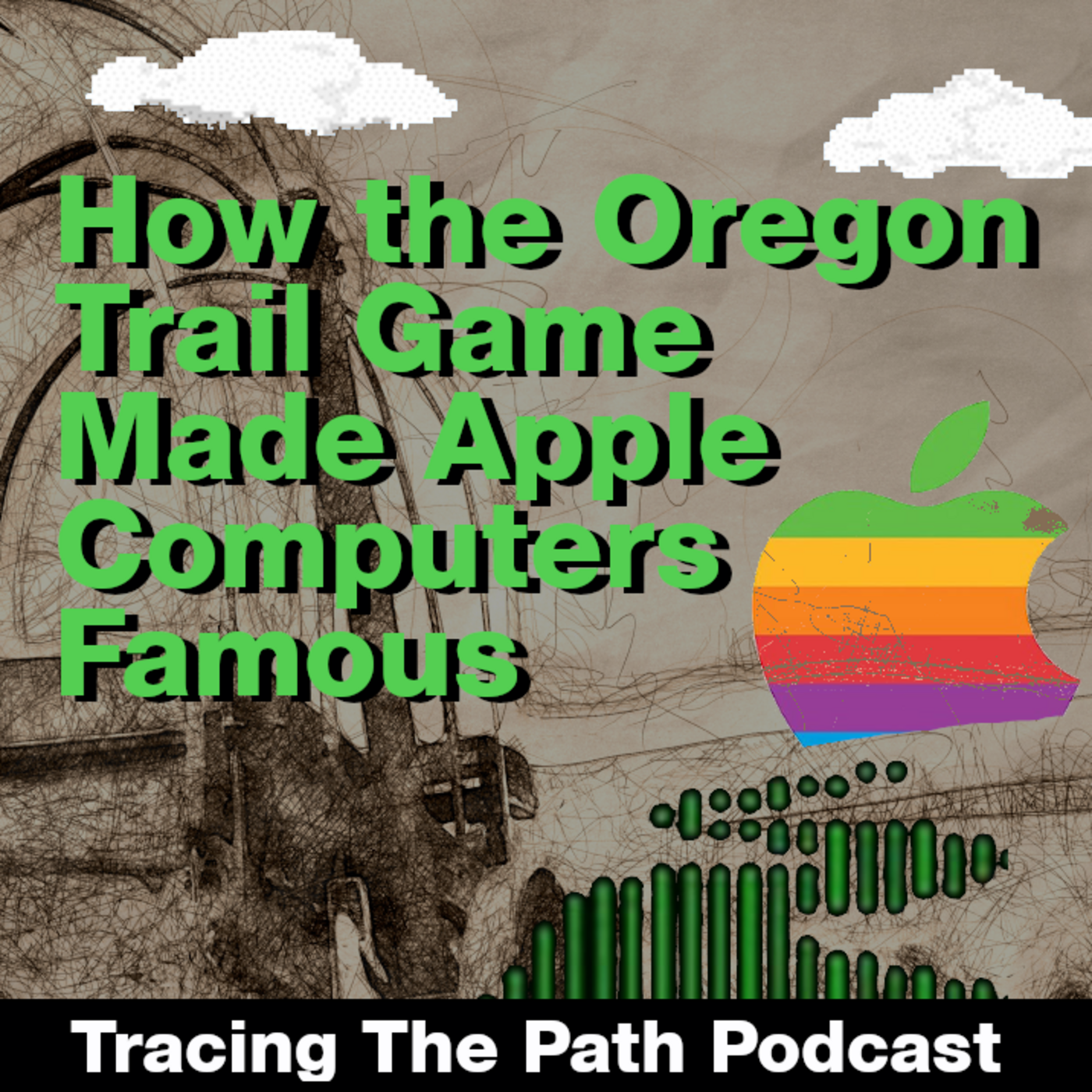 |
How the Oregon Trail Game Made Apple Famous Was it the Apple IIc that made Oregon Trail famous? Or the other way around? |
 |
1848 The Year Halloween Began Have you ever heard the origin of Halloween? |
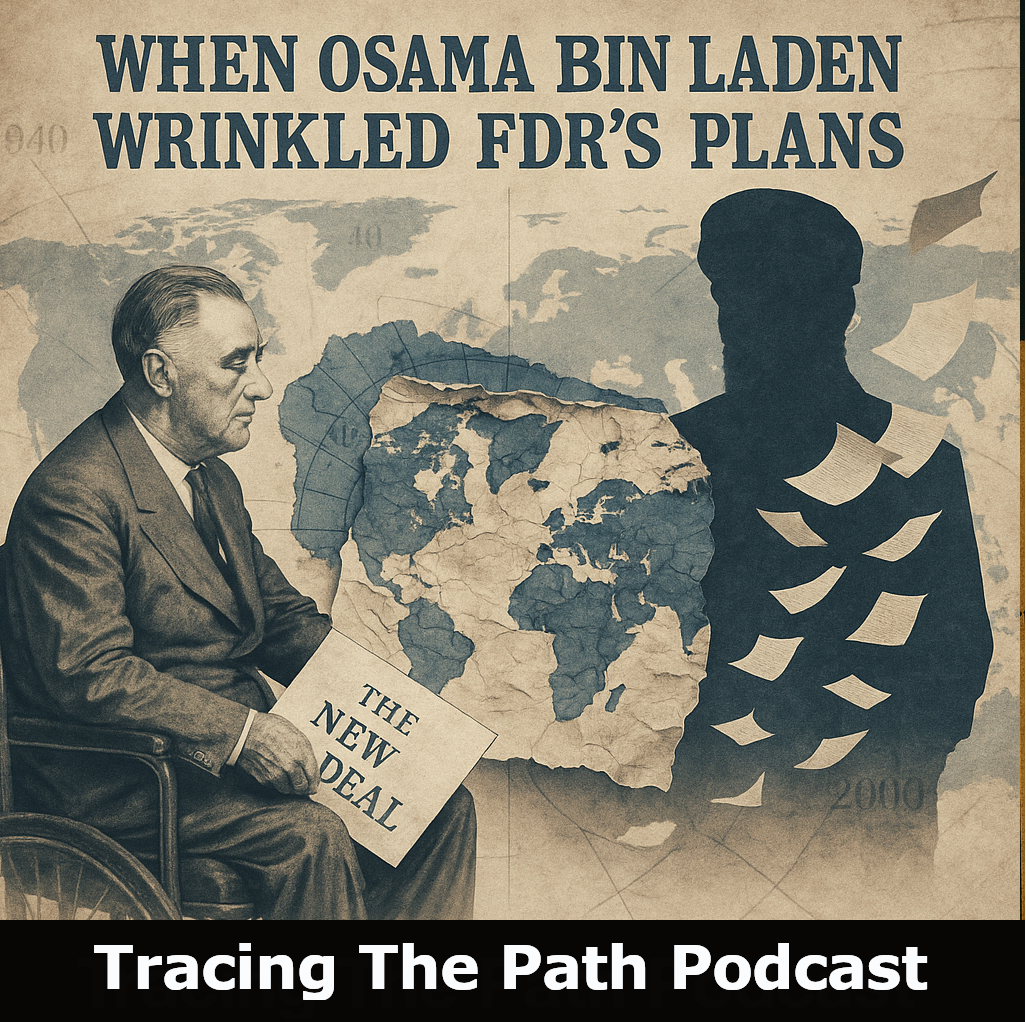 |
When Osama bin Laden Wrinkled FDR’s Plans FDR made it one his goals to eradicate Polio from the earth. One man put a kink in the plan |
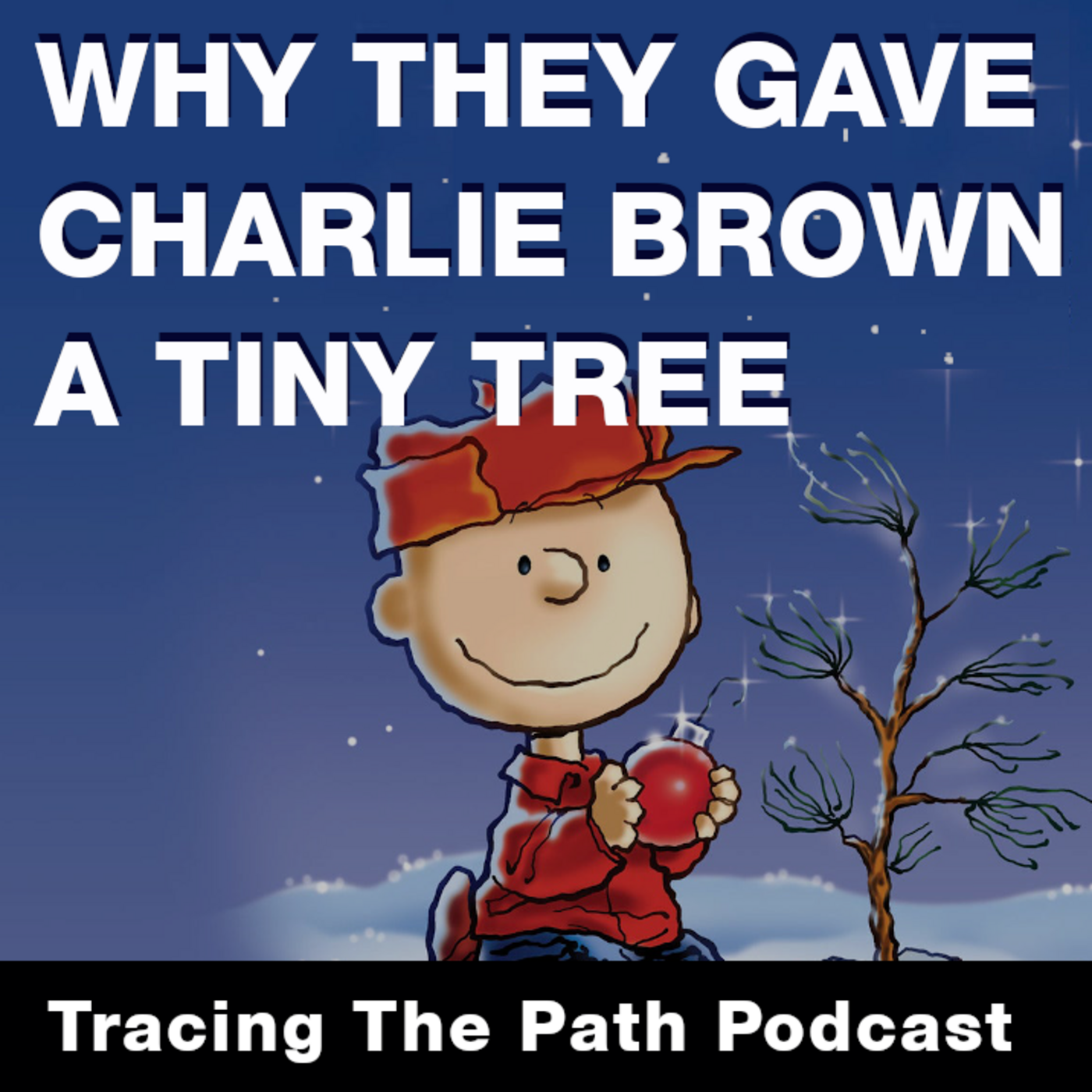 |
Why They Gave Charlie Brown a Tiny Tree The Story of A Charlie Brown Christmas, the music, the cartoon and Coca-Cola |
SEE THE BIBLIOGRAPHY
SUBSCRIBE AND LISTEN (FOR FREE!)
RATINGS & REVIEWS
If you enjoy this podcast, please give it a rating and review.Positive ratings and reviews help bring Tracing The Path to the attention of other history lovers who may not be aware of our show.



